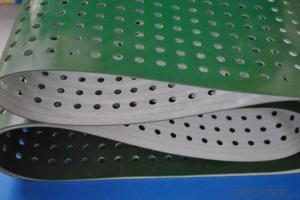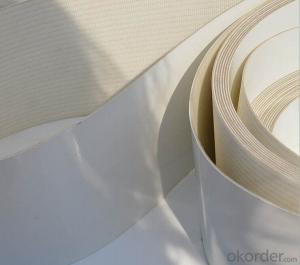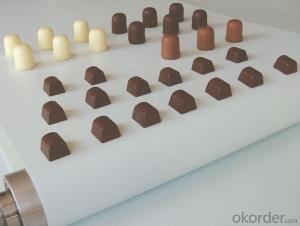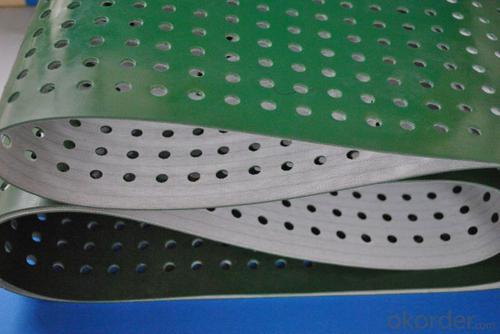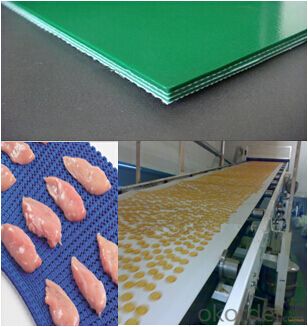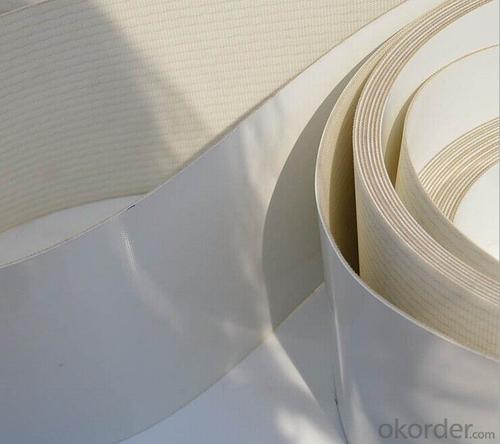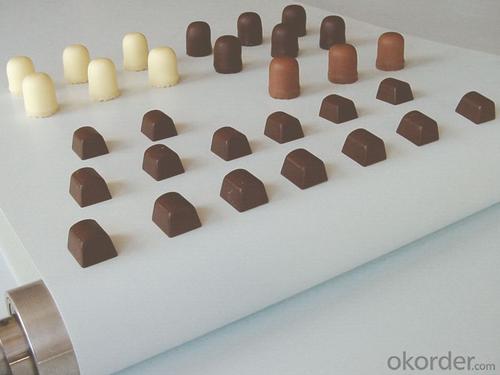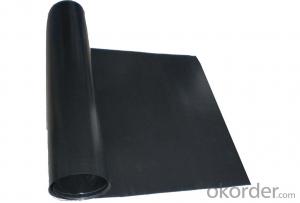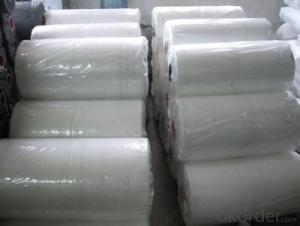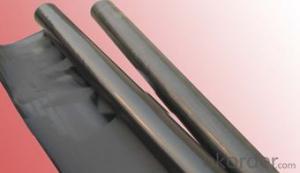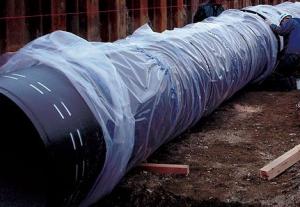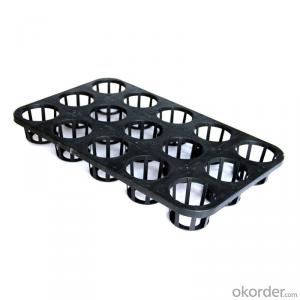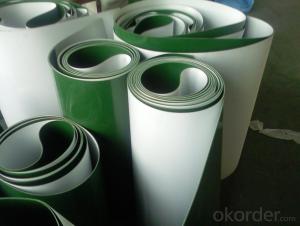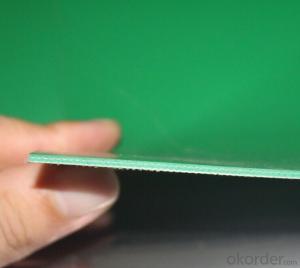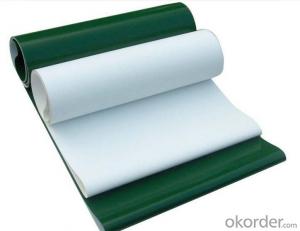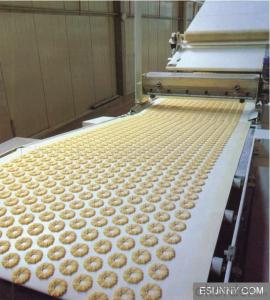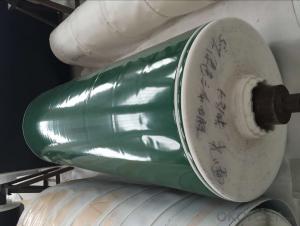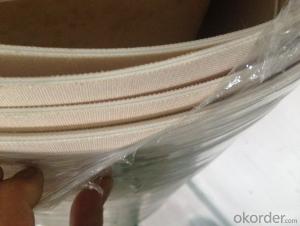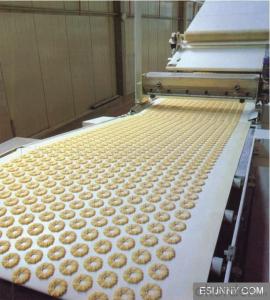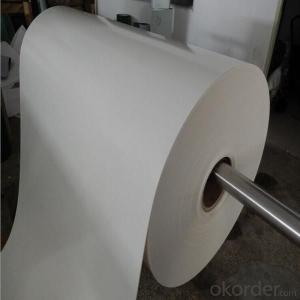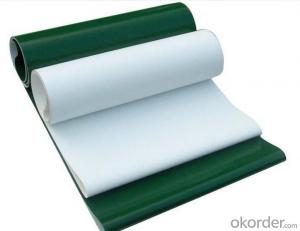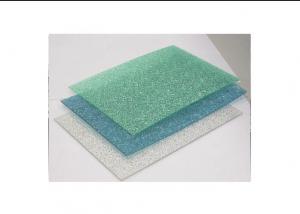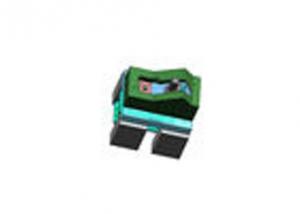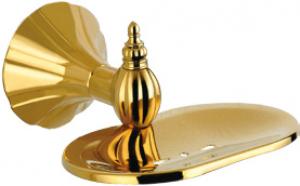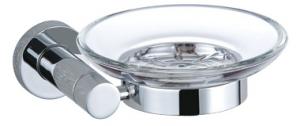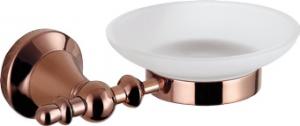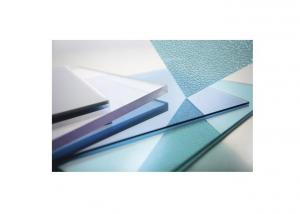Portable Light Weight PVC Food Flat Conveyor Belt Food Industry
- Loading Port:
- China main port
- Payment Terms:
- TT OR LC
- Min Order Qty:
- 10 m²
- Supply Capability:
- 5000000 m²/month
OKorder Service Pledge
OKorder Financial Service
You Might Also Like
Portable Light Weight PVC Food Flat Conveyor Belt Food Industry
The proporties of PVC Food conveyor belt
PVC type conveyer belt's upper and lower layers are PVC coating cover, single-sided tape thickness: ≥1.0mm; PVG type belt's upper and lower layers are nitrile rubber and PVC, single-sided tape thickness: 1.5mm-4.5mm.
PVC type conveyer belt's inclined angle:<16°< p="">
PVG conveyer belt's inclined angle:<20°
Specifications of PVC food conveyor belt
1.width: 300mm-1800mm
2.thickness:4mm-30mm
3.number of piles:1-6 ply
4.tensile strength:8Mpa-20Mpa
Flame retardant conveyer belt is made from the whole belt core via dipping and plastifying in polyvinyl chloride (PVC) dipping agent or sulfuration. It features largely in the high strength, large freight volume and stable conveyance performance. Besides, it is fire retardant, anti-static, shock resistant, wearable and corrosion resistant
Application
-- Food handling
-- Textile industry
-- Distribution center
-- Wood industry
-- Metal sheet industry
-- Fish/fruit industry
-- Corrugated boxboard
-- Package handling
Conveyor Belt Photos
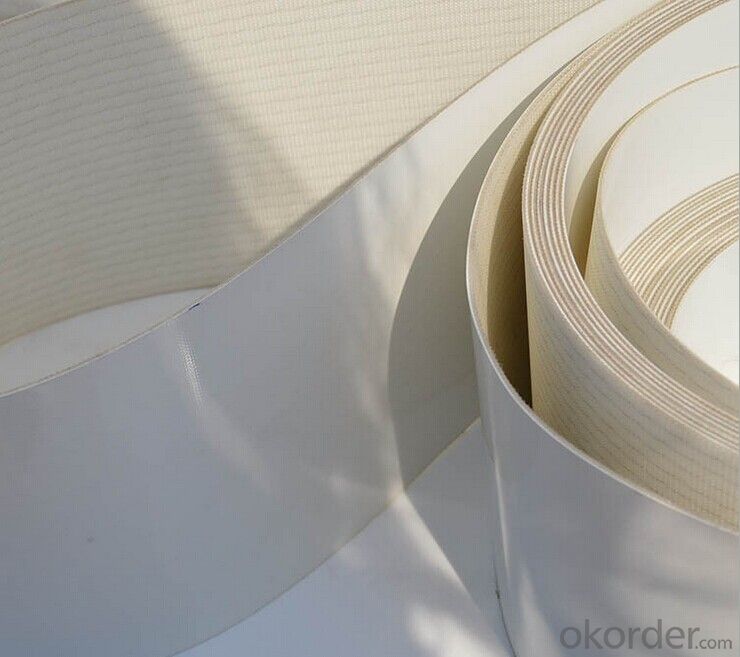
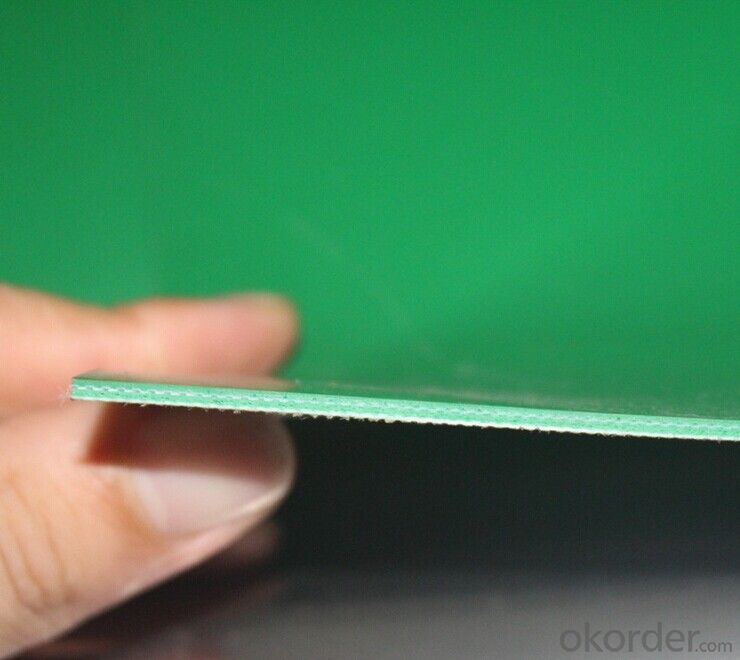
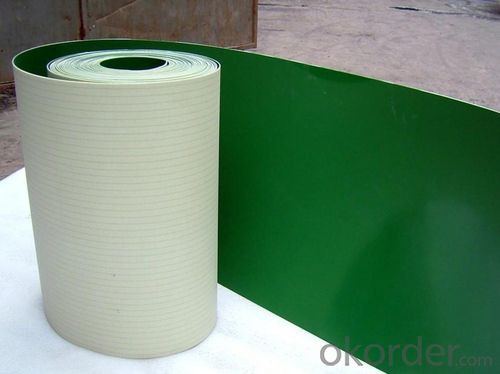
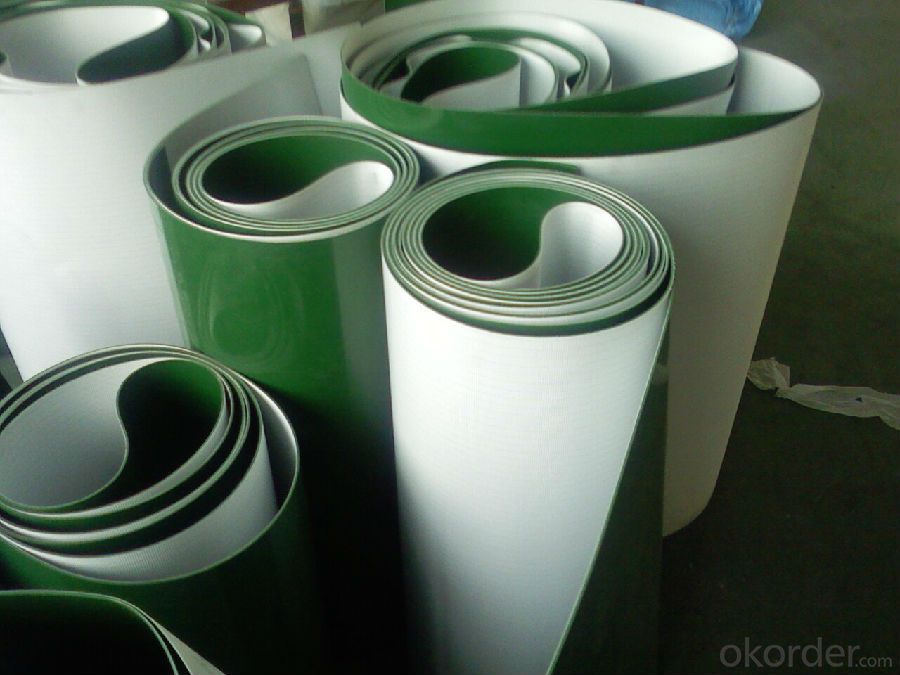
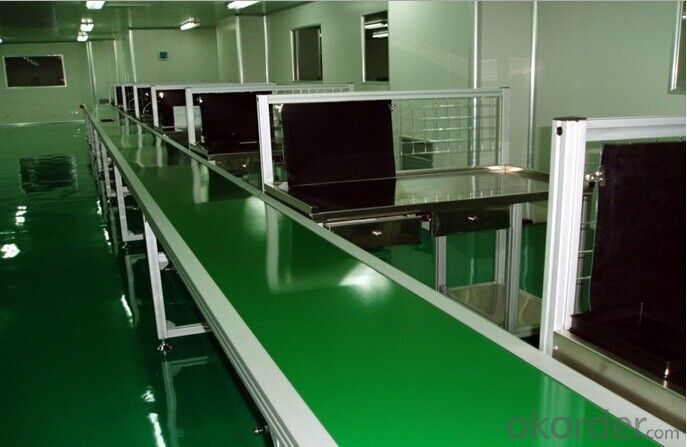
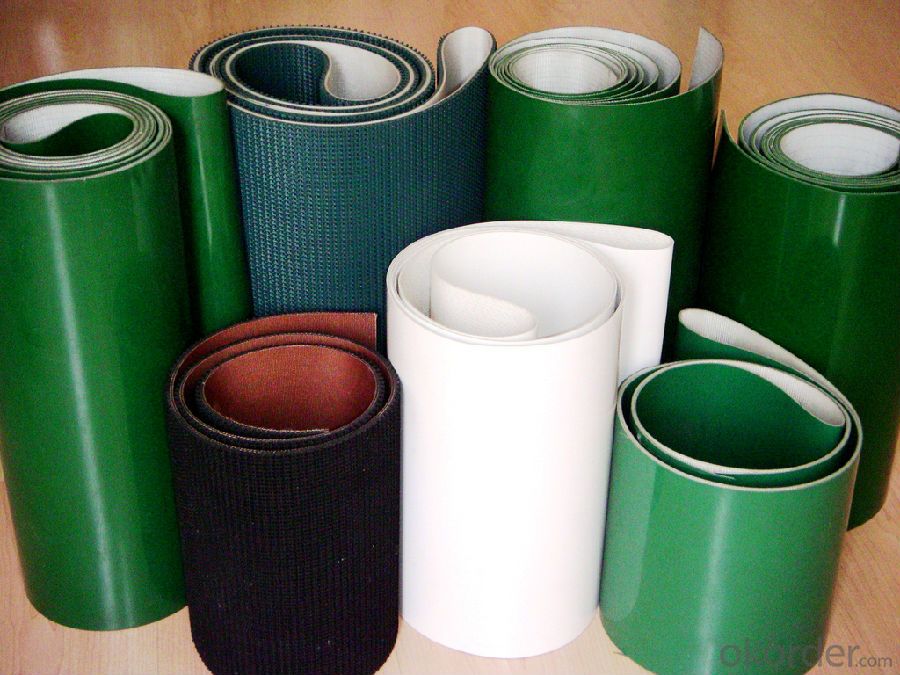
FAQ
Q: Can you do OEM?
A: Yes, we can do OEM products based on your requirements.It's no problem.
Q: How can I get some samples?
A: 1, We are honored to offer you samples. New clients are expected to pay for the courier cost, the samples are free for you, this courier cost charge will be deducted from the payment for formal order.
2, Regarding the courier cost: you can arrange a RPI (remote pick-up) service upon Fedex, UPS, DHL, TNT, etc. to have the samples collected; or inform us your DHL collection account. Then you can pay the freight direct to your local carrier company.
Q: How do you do regarding quality control?
A: Quality is priority? We always attach great importance to quality controlling from the very beginning to the very end:
1)All raw material we used are environmental-friendly;
2)Skilful workers care every details in handling the producing and packing processes;
3)Quality Control Department specially responsible for quality checking in each process.
Q.What are your payment terms?
A: Standard payment terms are 30%T/T,and balance payment before shipment.
L/C at sight is acceptable
Other payment terms can be negotiable.
If you want to find more details about the PVC conveyor belt, you could make an Inquiry in okorder.com. Okorder.com provides you the products with best price and quality!
- Q: The concept, classification and distinction of modified plastics and plastic raw materials.
- Modified plastics should, in principle, be made from the plastic raw materials produced by petrochemical plants. By adding plastic additives, they can enhance their hardness, fire resistance, high temperature or low temperature, weather resistance and ultraviolet resistance. Therefore, modified plastics are processed from plastic raw materials, which is the relationship between source and flow.
- Q: Can olive nets be used on olive bonsai trees?
- Yes, olive nets can be used on olive bonsai trees to protect the fruits from birds and other animals.
- Q: What are the different types of olive nets available?
- There are several types of olive nets available, including monofilament nets, multifilament nets, and knitted nets. Monofilament nets are made from a single strand of material and are known for their high strength and durability. Multifilament nets, on the other hand, consist of multiple strands woven together and offer better coverage and protection against birds and insects. Knitted nets are made from a knitted fabric and provide excellent airflow and light penetration while still preventing olive dropping.
- Q: How do olive nets prevent damage from insect infestations?
- Olive nets prevent damage from insect infestations by creating a physical barrier that blocks insects from accessing the olive trees. The nets are placed over the trees, covering the entire canopy, and tightly secured to prevent any gaps. This prevents insects from landing on the trees, laying eggs, and causing damage to the olives.
- Q: Can olive nets be used to improve water use efficiency?
- Yes, olive nets can be used to improve water use efficiency. Olive nets are commonly used in olive groves to catch falling olives during harvesting. These nets can also be used strategically to create shade and reduce evaporation, thus minimizing water loss from the soil. By reducing water evaporation, olive nets can help improve water use efficiency in olive cultivation.
- Q: What is environmentally friendly engineering plastics?
- Now technically called environmentally friendly engineering plastics generally refer to halogen-free plastics,
- Q: Can olive nets be used for olive trees in cold climates?
- No, olive nets are typically used to protect olives from birds and other pests during the fruiting season, rather than for protection against cold climates. Cold climates can cause frost damage to olive trees, and it is recommended to use other methods such as wrapping the tree or using frost blankets to protect them in such conditions.
- Q: How do olive nets affect the labor required for olive harvesting?
- Olive nets significantly reduce the labor required for olive harvesting. These nets are spread under the olive trees, allowing the ripe olives to fall onto them when shaken or mechanically harvested. This eliminates the need for manual collection from the ground, saving a substantial amount of time and effort. The nets also prevent olives from being damaged during the harvesting process, ensuring a higher yield and reducing the need for additional labor to sort through damaged fruits. Overall, the use of olive nets streamlines the harvesting process and minimizes the labor required, increasing efficiency and productivity in olive cultivation.
- Q: How do olive nets prevent olives from being damaged by diseases?
- Olive nets prevent olives from being damaged by diseases by acting as a physical barrier, preventing pests and pathogens from coming into direct contact with the fruit.
- Q: Can olive nets be used on sloped terrain?
- Yes, olive nets can be used on sloped terrain. The nets can be adjusted and secured to accommodate the slope, ensuring effective protection and harvesting of olives.
Send your message to us
Portable Light Weight PVC Food Flat Conveyor Belt Food Industry
- Loading Port:
- China main port
- Payment Terms:
- TT OR LC
- Min Order Qty:
- 10 m²
- Supply Capability:
- 5000000 m²/month
OKorder Service Pledge
OKorder Financial Service
Similar products
Hot products
Hot Searches
Related keywords
